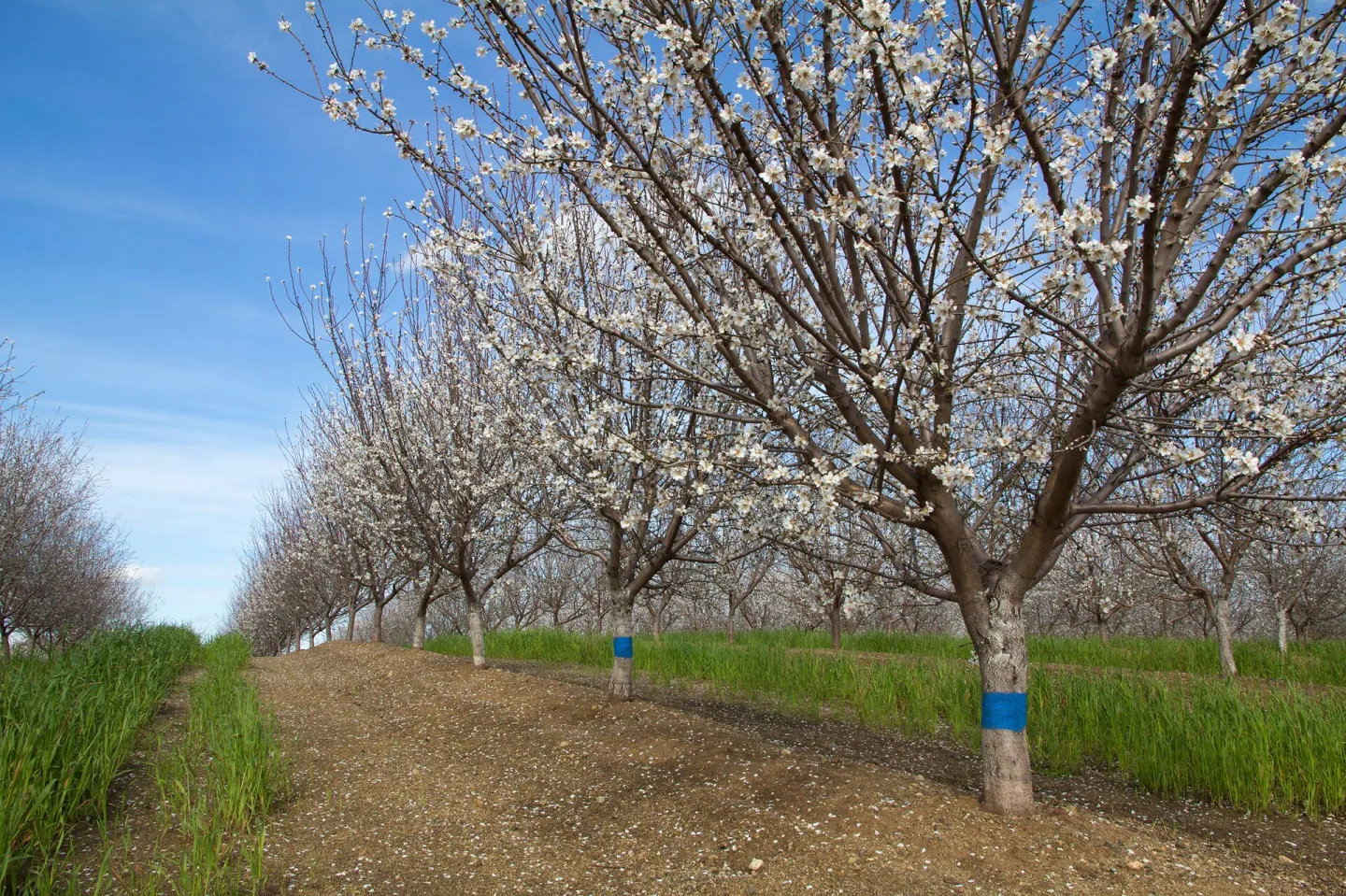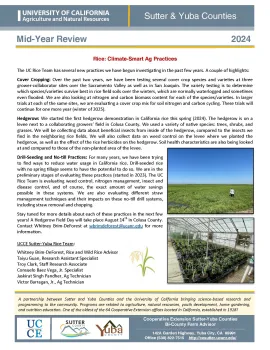Cooperative Extension, Sutter-Yuba Counties

Welcome to UCCE Sutter-Yuba
4-H Youth Development Program
The University of California 4-H Youth Development Program engages youth in reaching their fullest potential by focusing on the development of citizenship, leadership, and life skills, such as decision-making, communication, responsibility and teamwork.
Climate Smart Agriculture Program
The UC ANR Climate Smart Agriculture program provides assistance to growers to receive funding and implement carbon sequestration, water efficiency, and methane reduction projects.
Master Gardeners
Sutter-Yuba Master Gardeners are trained representatives of the University of California Cooperative Extension, assisting the gardening community by providing research based home gardening information.
Master Food Preservers
Sutter-Yuba Master Food Preservers are trained agents of the University of California Cooperative Extension, assisting the home food preservation.
Orchard Crops
Prunes, almonds, pears, apple, cherry, olive, plum and pomegranate
Tree Crops
Walnuts, peaches, kiwifruit, pecan, grape, nectarine, pistachio, persimmon, chestnut, apricots, fuelwood.
Field Crops
Alfalfa/Hay, Beans, Wheat, Grains, Corn, Sorghum, Barley, Sunflower, Safflower, Oil Seed (soybean, Canola), Pseudo-cereal (buckwheat, chia, quinoa, amaranth)
Rice Program
Rice, Wild Rice
Vegetable Crops
Cucurbits (squash, pumpkin, melons), Tomatoes, Sugar Beets, Vegetables, Strawberries
Nutrition Education Program
Provides nutrition curricula to qualifying schools and community organizations to encourage a healthy lifestyle and food choices.
Livestock & Natural Resources
Ranch economics and business management, drought resilience, predator-livestock coexistence and irrigated pasture management.
Forestry and natural resources
Prevention of loss of homes during a wildfire, how to landscape and construct homes for improved safety.
2024 Mid-Year Review

Featured Project Report

Annual Reports

Follow Us
Contribute for a Better Future
Upcoming Events
THIRD THURSDAYS THINGS from the FIELD
Prune Research Tour - Part 1
BEEF FIELD DAY
Office Locations
Sutter-Yuba UCCE
142A Garden Hwy
Yuba City, CA 95991
United States







